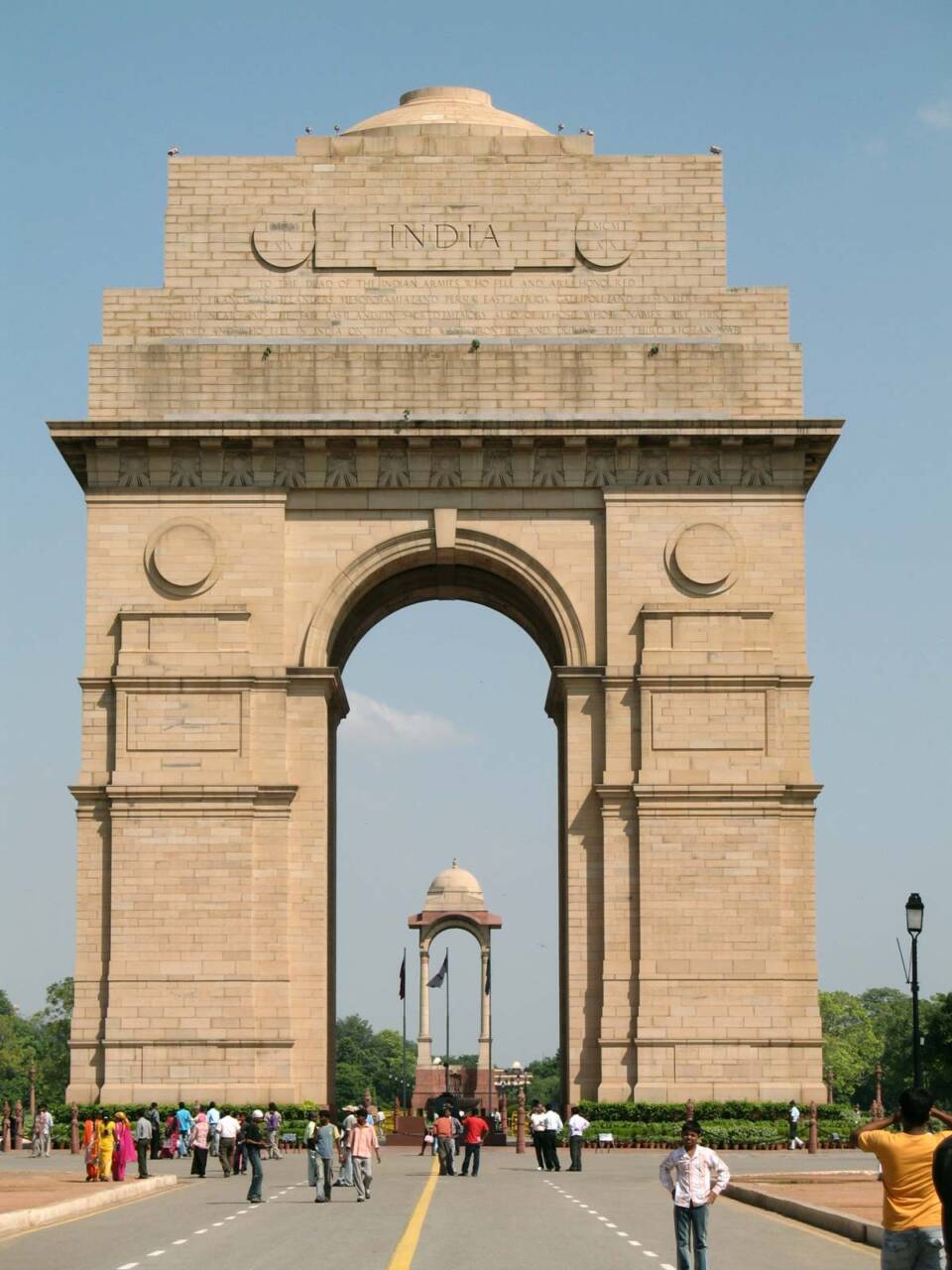
New Delhi: On Friday (July 9), chief minister Arvind Kejriwal announced that a plan by the AAP government to deal with the possible third wave of COVID-19 in Delhi has been approved by the District Disaster Management Authority (DDMA). In today’s DDMA meeting, the ‘Graded Response Action Plan’ was passed.
DDMA approved a ‘Graded Response Action Plan (GRAP)’ prepared by Delhi government to deal with the possible third wave of COVID-19 pandemic that includes closing most economic activities in the event of a positive test rate of greater than 5%. The colour codes, also known as alerts — yellow, amber, orange, and red — will be based on rates of coronavirus positivity on two consecutive days, the number of fresh infections over a week, and the occupancy rate of oxygen beds on a weekly average basis.
Read also: J&K appoints nodal officers to help Delimitation Commission
Here is a brief description of the ‘Graded Response Action Plan’ and what you need to know about each alert:
Yellow
This alert will be issued if Delhi’s positivity rate remains greater than 0.5% for two consecutive days, or if the number of new positive cases for seven consecutive days reaches 1,500, or if the average occupancy rate for oxygen beds in hospitals remains at 500 for a week. If a yellow alert is issued, non-essential shops and markets will be permitted to open on an odd-even basis between 10 am and 8 pm. In each municipal zone, only one weekly market, with 50% vendors, will be permitted to operate. All construction activity, manufacturing agency, and manufacturing set-ups are allowed.
Amber
If the positivity rate in the capital remains over 1% for two consecutive days, or 3,500 new positive cases are recorded in a week, or if average oxygen bed occupancy remains over 700 over the course of a week, an amber alert is issued. In this scenario, shops, markets and shopping malls may be open between 10am and 6pm, on an odd-even basis. There can be one weekly market per municipal zone with half the vendor capacity. Similar to yellow alert, construction activities, industrial set-ups and manufacturing agencies can function.
Orange
During an orange alert, Delhi’s Covid-19-positivity rate will exceed 2% for two consecutive days, or 9,000 overall cases will be reported for more than a week, or the average bed occupancy will exceed 1,000 for a week. In this case, only shops offering essential items and services will remain open. Manufacturers will face stricter rules as well. Those relating to essential items and defence goods will be allowed to operate. Malls and weekly markets will remain closed. Transportation will be restricted, metros will remain closed. ‘Nonetheless, intrastate buses, autos and taxis will still be allowed… Buses will be allowed to transport only exempted category citizens, and only two passengers will be allowed in e-rickshaws, autos and cabs,’ a government official said.
Red
A red alert will, of course, be issued when things are at their worst, as the color shows. A red alert will be issued when the city’s positivity stays above 5% for two consecutive days, its overall new positive cases in a week touch 16,000, or the average oxygen bed occupancy stays at 3,000 or more for a week. Under the orange alert, most economic activities, including construction with on-site laborers, as well as the setting up of essential and defence goods and services, are permitted. Malls and weekly markets will remain closed. Transport restrictions will be similar to orange alerts.

Post Your Comments